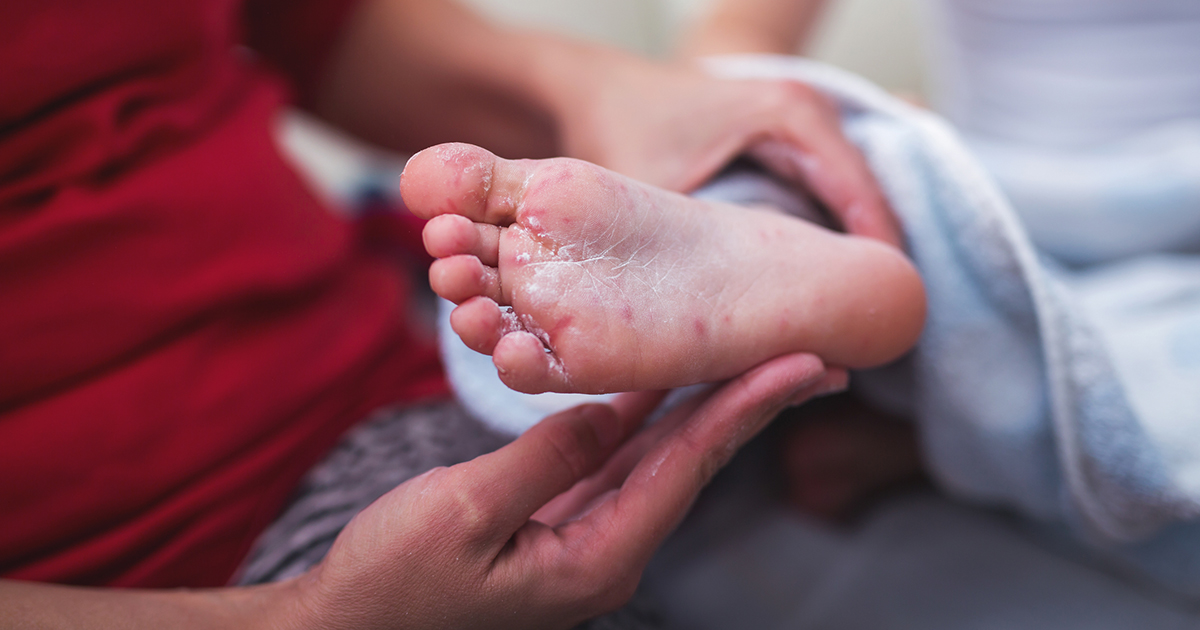Causes And Complications Of Bell's Palsy
Hand-Foot-Mouth Disease

Hand, foot, and mouth disease is a medical condition caused by a virus known as coxsackievirus. It's contagious and mainly affects young children under the age of five. Symptoms include a runny nose and fever. A blistery red rash appears around the mouth, on the hands, as well as on the sides and bottoms of the feet. Young children are the most prone to hand, foot, and mouth disease. Adults and older children are typically immune, but it's also possible for them to develop the disease.
Although Bell's palsy rarely affects young children, the coxsackievirus can remain dormant in the body for many years after it occurs. This is also true of chickenpox, which isn't a pox virus at all and is unrelated to smallpox. Rather, chickenpox is actually a type of herpes. After someone recovers from it, the virus lurks in the person's nerve cells. It can reappear as shingles many decades after the initial infection. The same thing can happen with coxsackie virus. It can hide quietly in the body, only to emerge many years later and possibly cause Bell's palsy.
Learn more about the causes of Bell's palsy now.